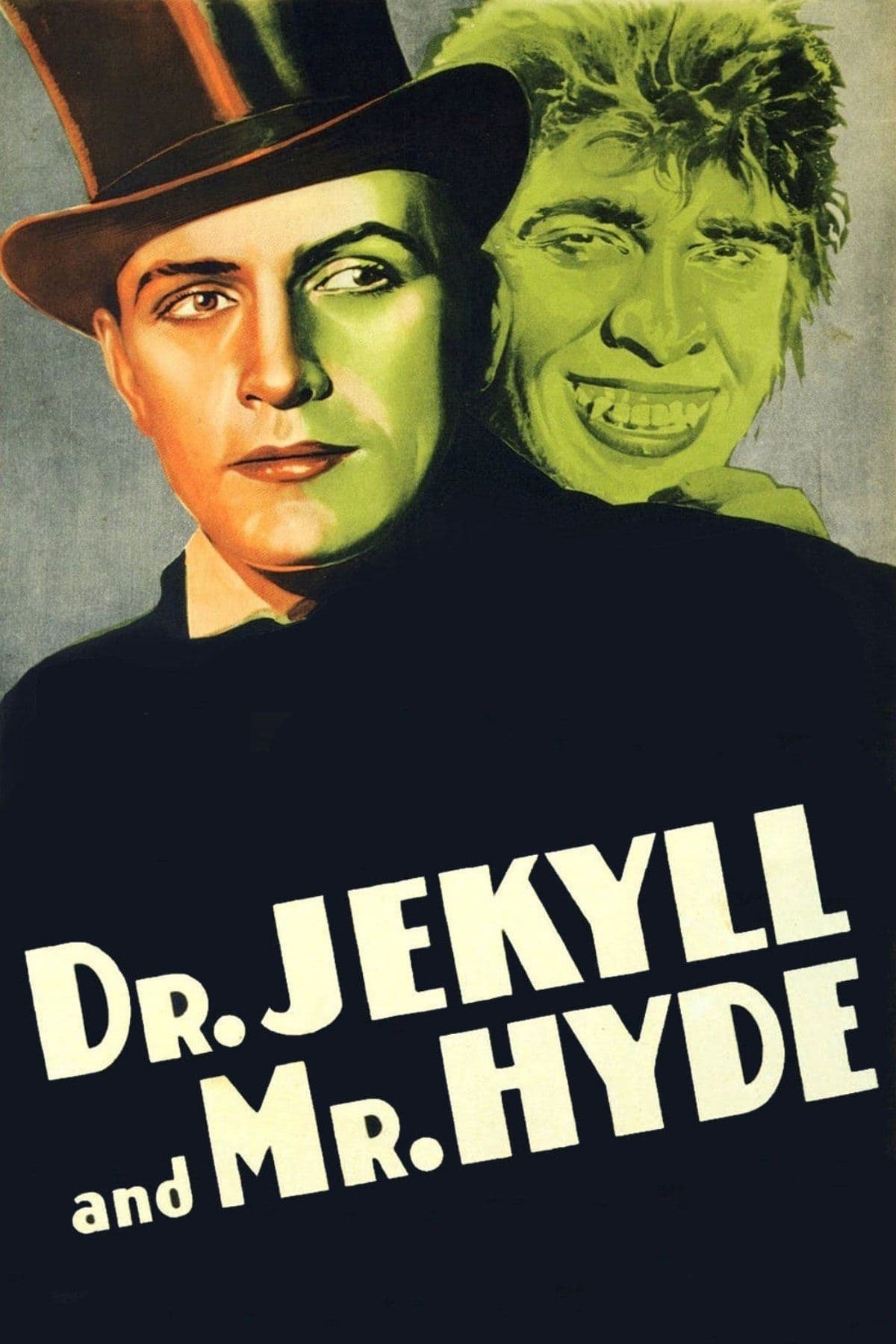
Dr. Jekyll and Mr. Hyde
1931
Rate this movie
Average: 0.00 / 5
(0 votes)
Director
Stevenson's novel was undoubtedly one of the most influential works for cinematography of all time. Among the vast array of film adaptations (ranging from 1920 to the present day), Mamoulian's Jekyll stands out for its originality, sensitivity to the macabre, and emotional tension. Even today, its subtle disquiet remains unaltered and, in some ways, unmatched. Mamoulian, with his visionary sensibility and talent for the macabre, creates an atmosphere of suspense and unease, leading us into the depths of the human psyche, exploring the conflict between good and evil, between reason and instinct. The film, thanks also to Fredric March's extraordinary performance, which earned him an Oscar for his dual role, remains a classic of the horror genre, a work that still fascinates and terrifies today.
The plot, while taking some liberties with the original novel, retains its fundamental narrative structure. Dr. Henry Jekyll, a brilliant scientist, is convinced that two distinct natures, one good and one evil, coexist within every human being. Through his experiments, he succeeds in creating a potion that allows him to separate these two natures, transforming into Mr. Hyde, a deformed and uninhibited being who indulges his darkest instincts. Mamoulian renders Jekyll's transformation into Hyde with special effects that were innovative for the era, highlighting the character's physical and moral deformation. The director also uses subjective shots to show us the world through Hyde's eyes, creating a sense of unease and involvement in the viewer.
Mamoulian's Dr. Jekyll fascinatingly explores the theme of the double, anticipating certain concepts that would later be developed by Gestalt psychology. Indeed, the film does not merely represent the duality between good and evil; it delves into the protagonist's unconscious, showing how the splitting of personality can lead to the creation of a true Doppelgänger, a separate entity with its own identity and will. The concept of the Doppelgänger (look-alike) in Gestalt refers to a figure that represents the shadow, or the hidden and repressed part of the personality. This figure can manifest in dreams, fantasies or, as in Jekyll's case, in a genuine splitting of the personality. In the film, Hyde is not simply an evil version of Jekyll, but a separate entity with a distinct physical appearance, voice, and behavior. Hyde represents the repressed impulses, the primordial instincts that Jekyll, a man of science and moral rigor, tries to keep in check. Jekyll's physical transformation into Hyde is a visual representation of the splitting of personality, a process in which the Doppelgänger emerges from the unconscious and takes over. Hyde is not merely Jekyll's alter ego, but a being with his own will and consciousness. He acts independently, committing actions that Jekyll would never have dared to do. This aspect anticipates the concept of "autonomous complex" later developed by Jung's analytical psychology, according to which parts of the personality can act independently of the individual's consciousness. Hyde can be seen as a mirror reflecting Jekyll's dark side, the urges and desires that society and morality prevent him from expressing. His existence challenges the idea of a unitary and coherent personality, showing how the individual is a complex interplay of conflicting forces. In conclusion, the film, with its representation of the Doppelgänger, invites us to reflect on the complexity of human nature and the conflicts that stir in the unconscious. The figure of Hyde, with his autonomy and destructive force, warns us that the shadow, if repressed, can emerge violently, threatening the balance of the individual and society itself.
Main Actors
Genres
Country
Gallery
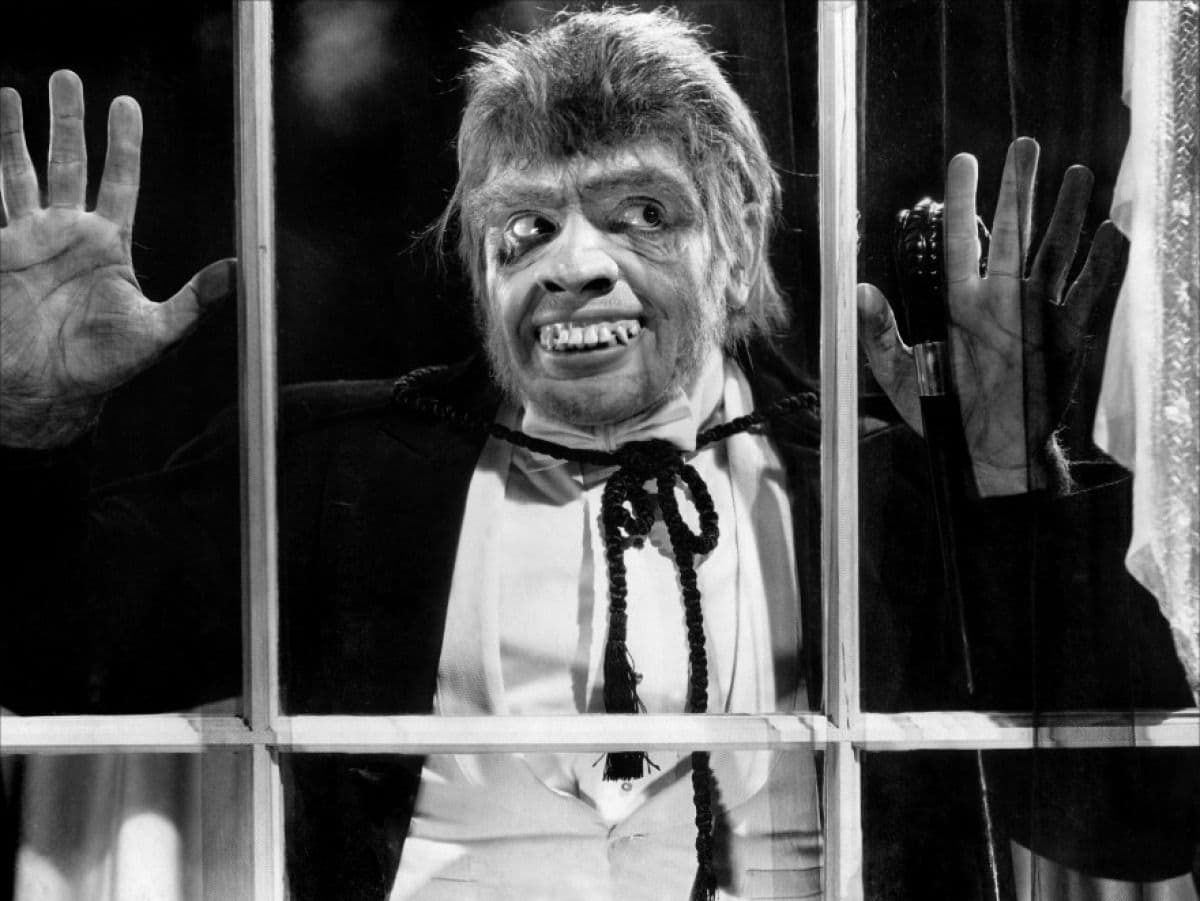
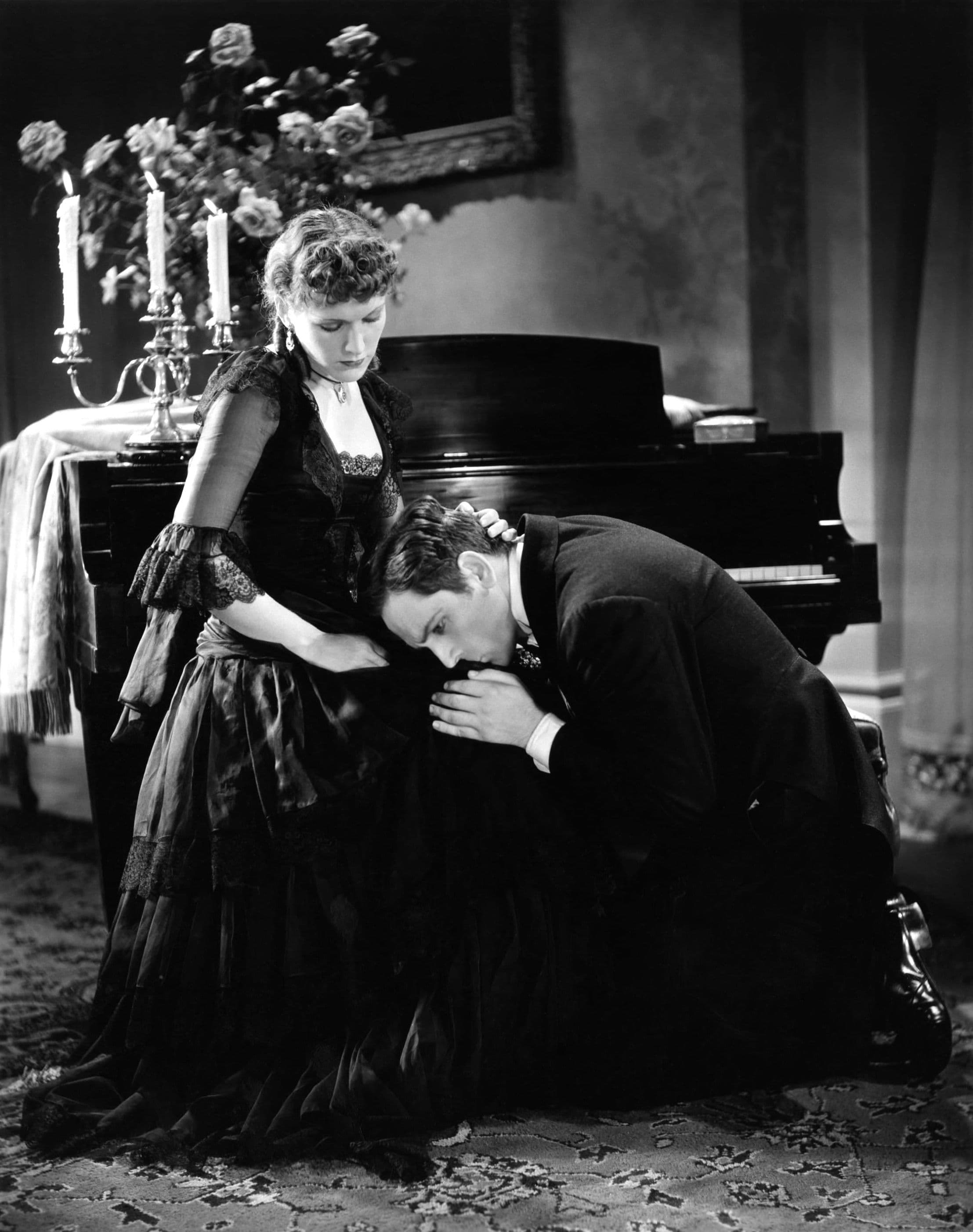
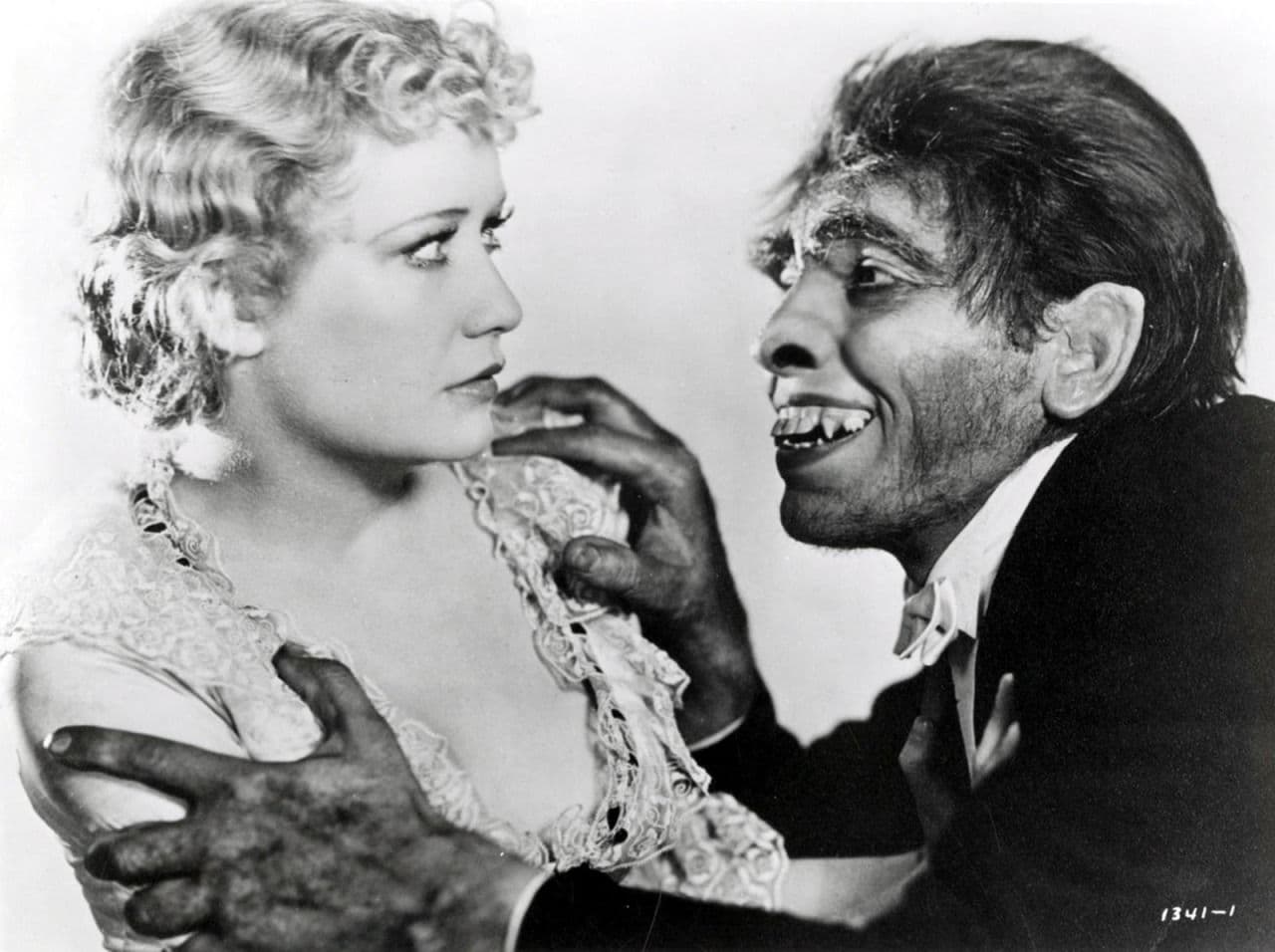
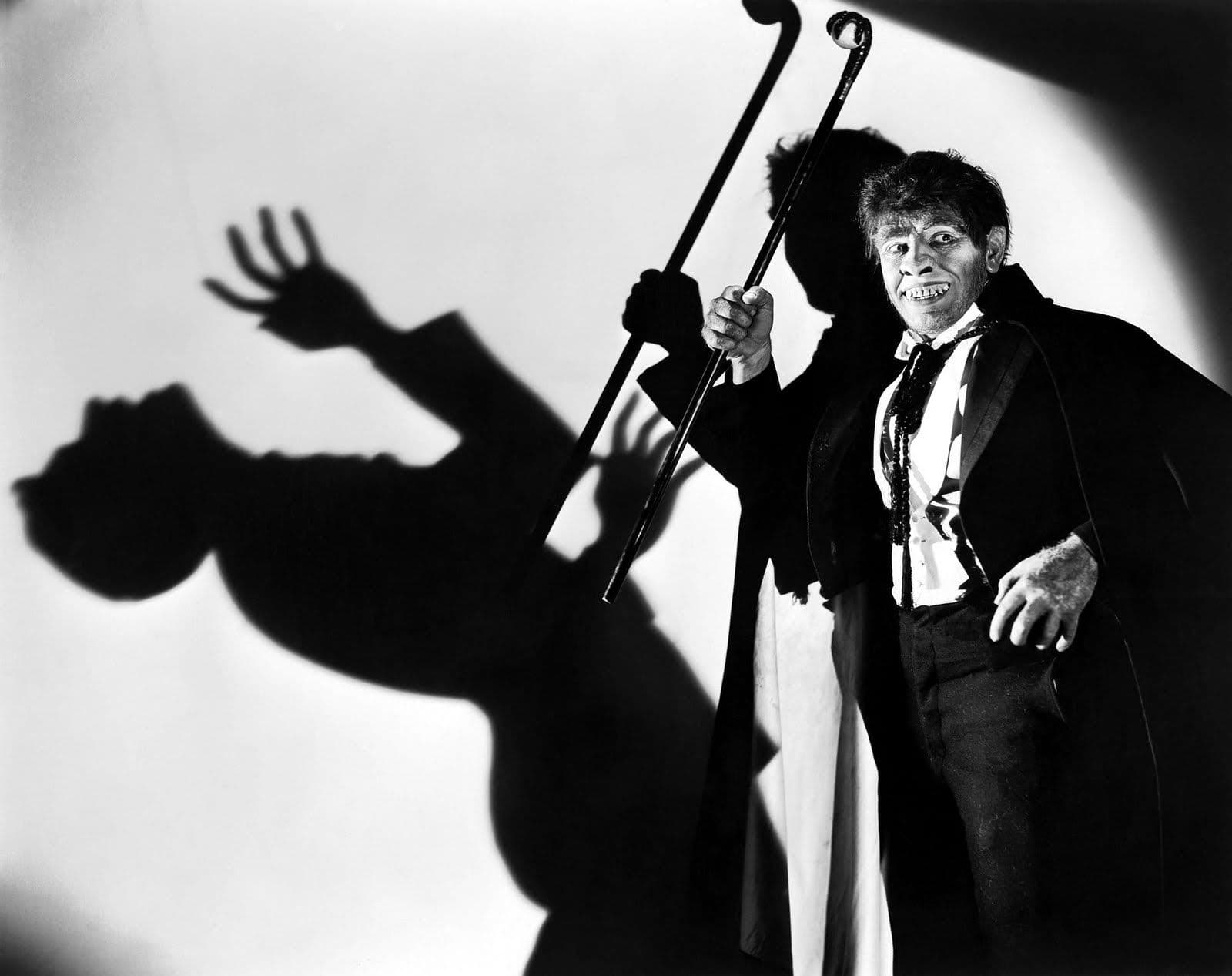

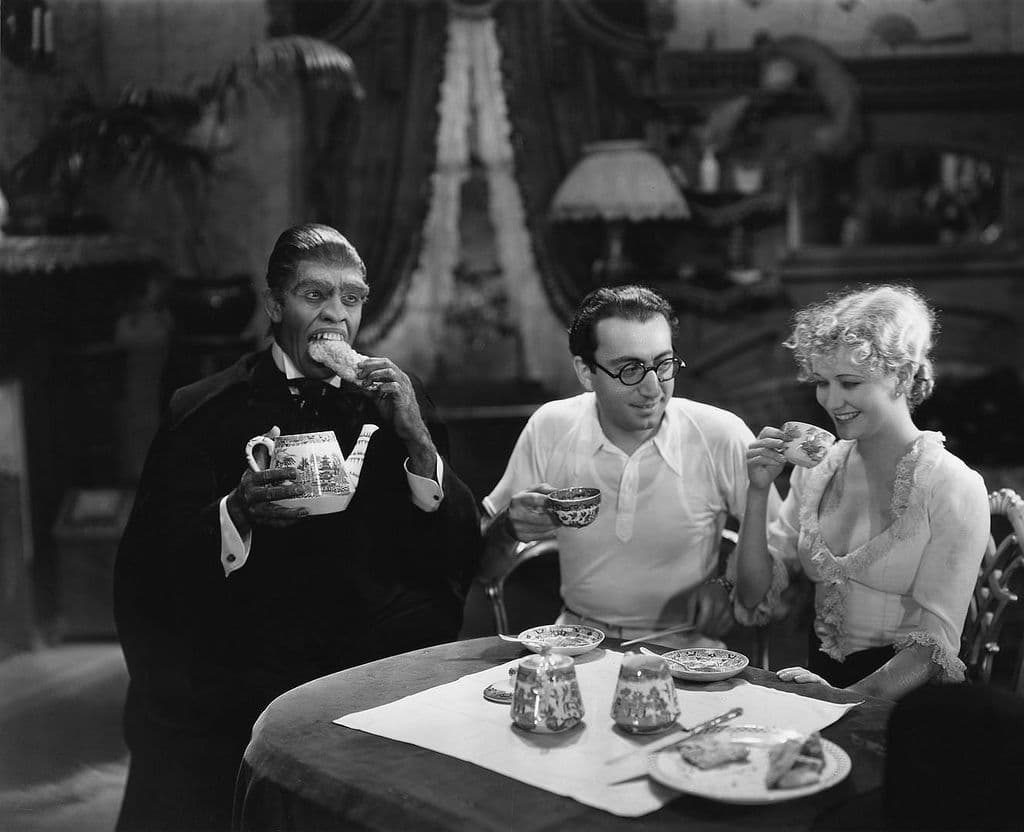
Featured Videos
Official Trailer
Comments
Loading comments...